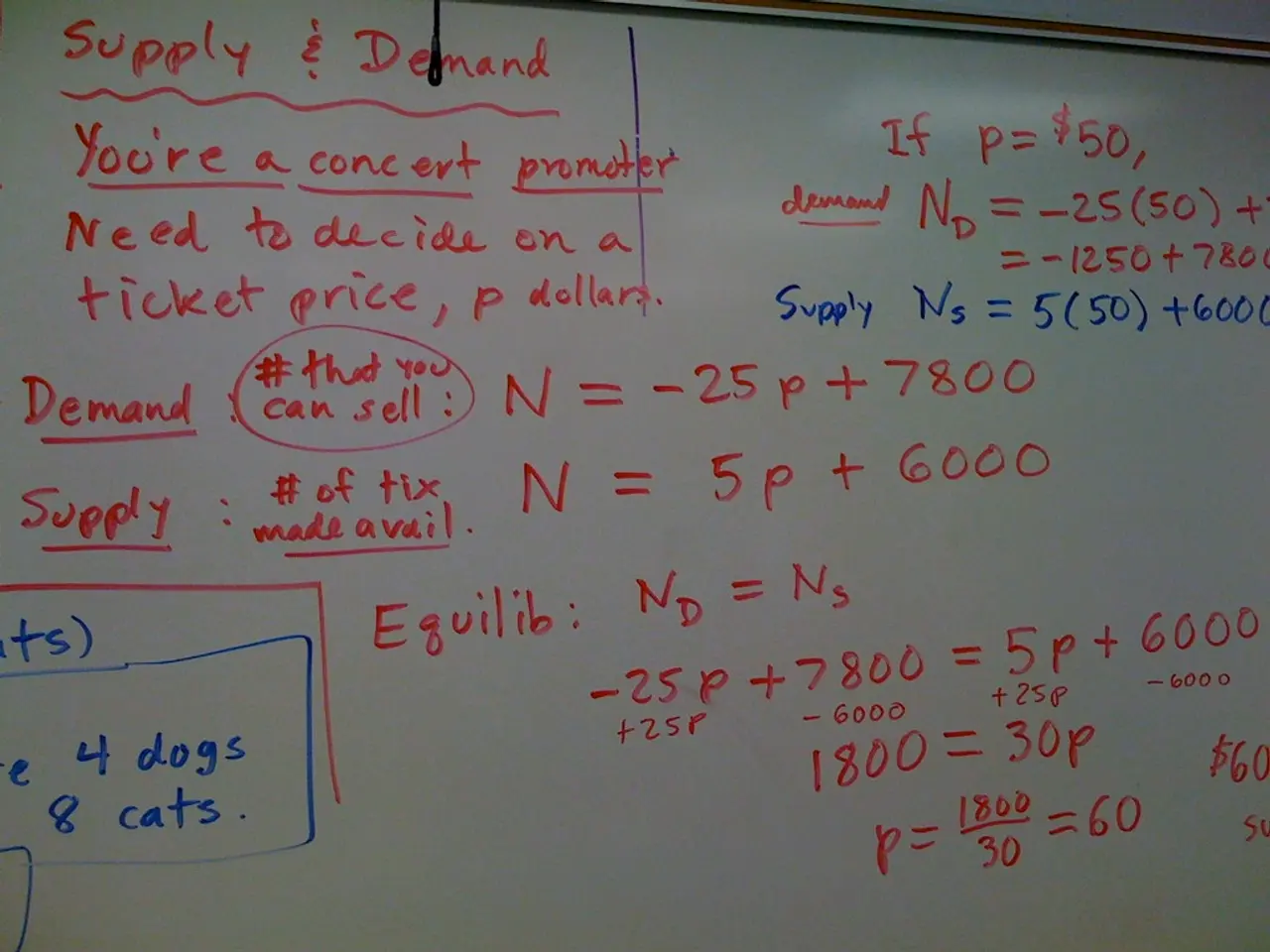Testing a Marine Service Website Model in a Ship Bridge Simulator: Navigators' Insights and Views on Innovative Electronic Navigation Options
Integrating User-Friendly Maritime Service Prototypes into ECDIS: A Step Forward for Navigation
The maritime industry is witnessing a significant shift towards the integration of user-needs-driven, standardized maritime service website prototypes within Electronic Chart Display and Information Systems (ECDIS). This transformation is primarily driven by the adoption of the evolving S-100 framework by the International Hydrographic Organization (IHO).
The S-100 framework, an upgrade from the traditional electronic chart standards (S-57), enables a more diverse and dynamic integration of datasets. These datasets include detailed bathymetric surfaces, tidal and current data, marine protected areas, weather overlays, and more. This enhancement significantly improves situational awareness, decision-making, and operational performance, particularly in coastal and port areas.
Key developments in this area include the implementation of S-100 product specifications such as S101 (Electronic Navigational Charts), S102 (Bathymetric Surface), S104 (Water Level Information), and others. These specifications standardize diverse maritime data layers within ECDIS.
Trials and validation efforts, like the Canadian Hydrographic Service’s S-100 sea trials on the St. Lawrence River, help refine integration and interoperability practices. The broader concept of e-navigation, emphasizing harmonized integration, exchange, and presentation of marine information both onboard and ashore to support safety, security, and environmental protection, is also gaining traction.
However, challenges persist. The technical complexity of integrating diverse datasets into existing ECDIS platforms requires updated onboard infrastructure and software capable of handling multiple data layers seamlessly. Ensuring standardization and harmonization across different data producers and service providers is another hurdle to maintain interoperable, reliable maritime services.
The user-centric design of maritime service websites and interfaces remains a challenge to ensure ease of use and relevance to mariners’ operational needs. This demands ongoing user feedback and iterative development. The adoption of related technologies such as edge computing for real-time data processing onboard ships presents operational advantages but also challenges, including the need for robust cybersecurity, system integration, and crew training.
Maintaining regulatory compliance and seamless data exchange with shore-based services and databases is another challenge. This involves evolving standards and coordination among international actors.
A recent study, part of the European Commission’s EfficienSea2 project for e-navigation, focused on testing a maritime service website prototype in a ship bridge simulator. The study aimed to assess the proof of concept and usability of the prototype. Participants, who were familiar with similar solutions from other manufacturers, were involved in 5 days of simulator trials focused on today's standard practices, followed by 4 days of trials testing the prototype. The results suggested that the prototype could be most suitable for a route planning stage. Data analysis involved breaking apart qualitative data to capture the perceptions of the participants and a preliminary analysis of eye-tracking data.
The contents of the tool would be most beneficial if integrated within the Electronic Chart Display and Information Systems (ECDIS). With these developments, the maritime industry is moving towards a more integrated, user-friendly, and standardized navigation system.
- Incorporating advanced technologies like facial coding and eye tracking into the user-centric design of maritime service websites and interfaces could enhance user experience and ease of use, providing valuable insights into mariners' operational needs.
- Media analytics, particularly in data analysis regarding mariners' perceptions and behavior, plays a crucial role in validating the usability of maritime service prototypes, helping to refine and improve the user-friendly integration of these systems.




